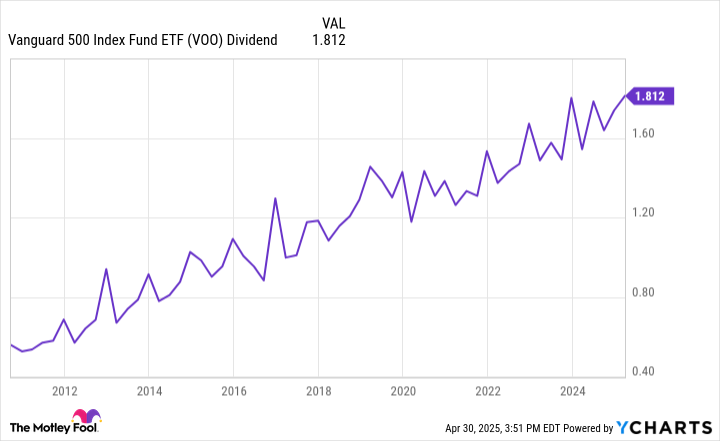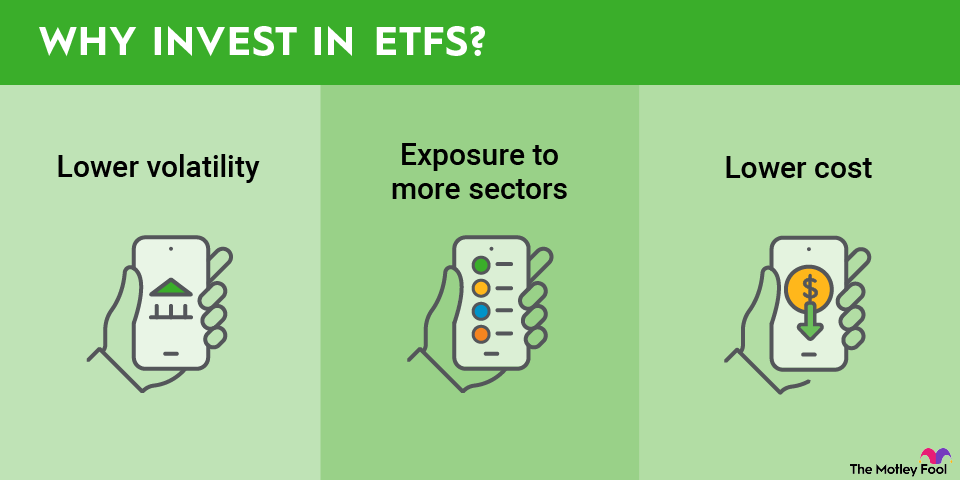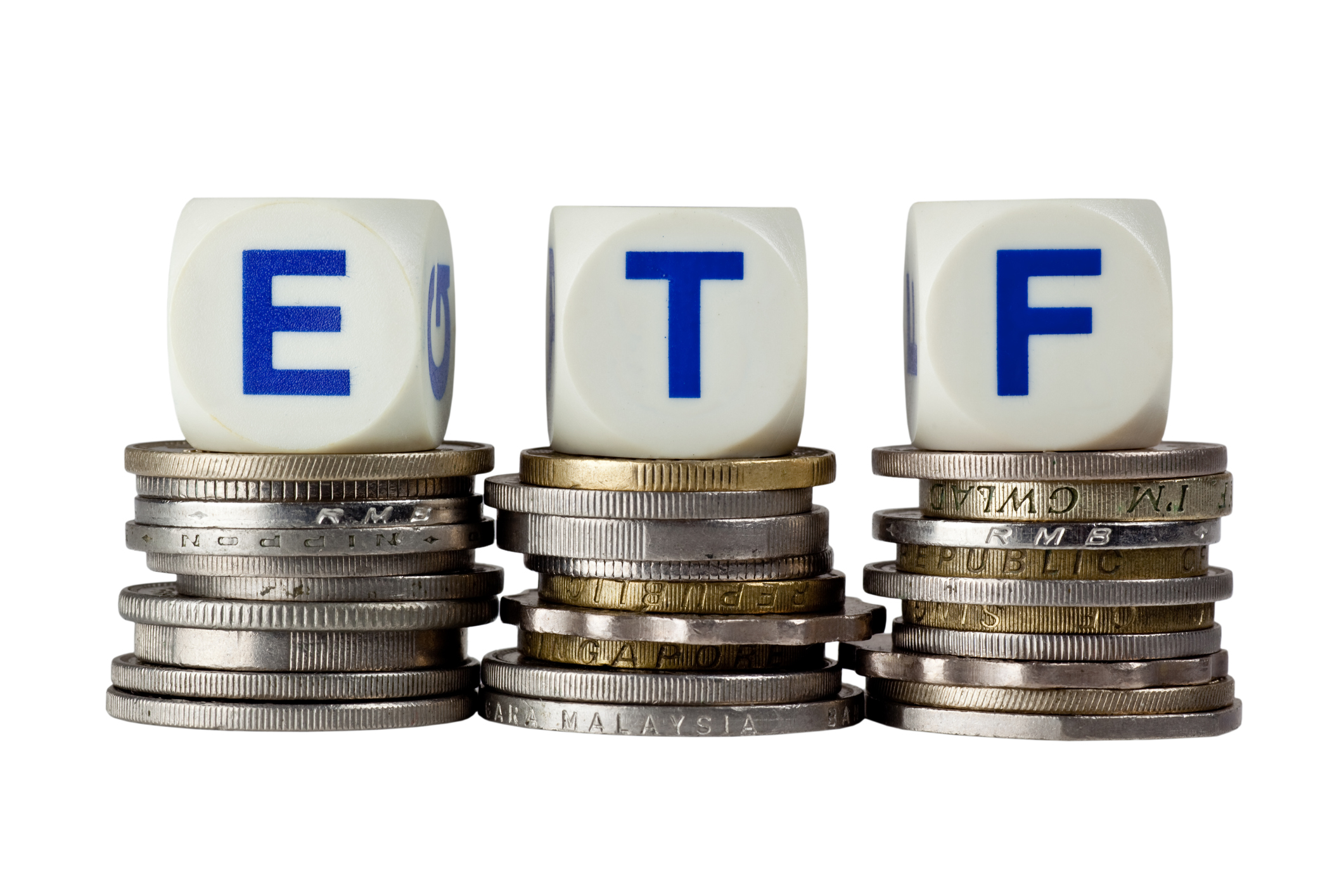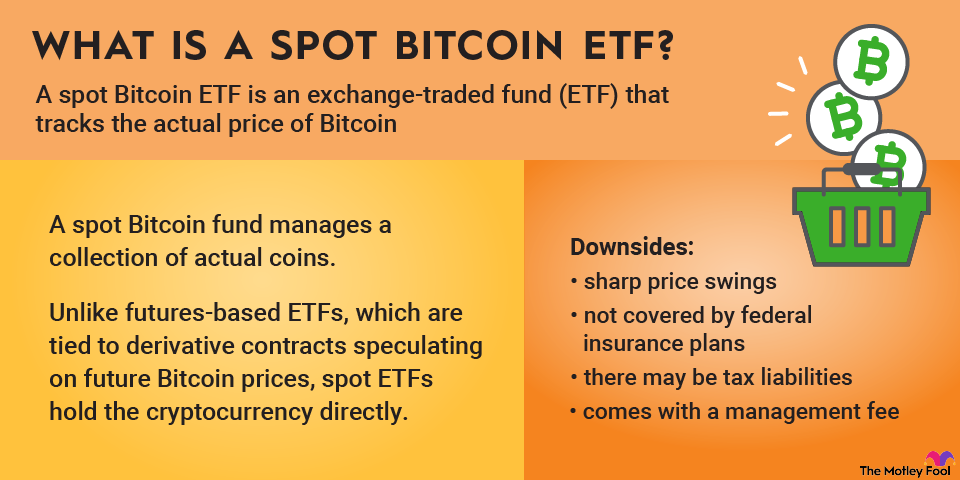The Vanguard S&P 500 ETF (VOO +0.10%) is one of the largest exchange-traded funds (ETFs) by assets under management (AUM). The ETF had more than $600 billion in AUM in mid-2025, making it the biggest ETF at the time. The fund's massive size, low cost, and focus on the S&P 500 index have made it one of the most popular ETFs.
This guide will teach you everything you need to know about the Vanguard S&P 500 ETF and how to invest in ETFs for beginners.

NYSEMKT: VOO
Key Data Points
How to buy Vanguard S&P 500 ETF
It's very easy to invest in the Vanguard S&P 500 ETF. You can buy shares directly from Vanguard or in your regular brokerage account. Here's a step-by-step guide to buying shares of the ETF.
- Open your brokerage app: Log in to your brokerage account where you handle your investments.
- Search for the stock: Enter the ticker or company name into the search bar to bring up the stock's trading page.
- Decide how many shares to buy: Consider your investment goals and how much of your portfolio you want to allocate to this stock.
- Select order type: Choose between a market order to buy at the current price or a limit order to specify the maximum price you're willing to pay.
- Submit your order: Confirm the details and submit your buy order.
- Review your purchase: Check your portfolio to ensure your order was filled as expected and adjust your investment strategy accordingly.
The Vanguard ETF, like the S&P 500, provides investors with diversified exposure to several stock market sectors. Its weighed sector exposure in mid-2025 was:
- Information technology: 29.7%
- Financials: 14.6%
- Health Care: 11.2%
- Consumer Discretionary: 10.3%
- Communication Services: 9.2%
- Industrials: 8.5%
- Consumer Staples: 6%
- Energy: 3.7%
- Materials: 2%
- Real Estate: 2.3%
- Utilities: 2.5%
Because it provides broad sector exposure, investors don't need to invest in sector ETFs unless they want to invest specifically in a particular industry.
Should I invest in Vanguard S&P 500 ETF?
Making any investment is a personal decision. You need to make sure it aligns with your goals, values, and risk tolerance. Here are some reasons you might want to invest in the Vanguard S&P 500 ETF:
- You're seeking an investment that can deliver returns that roughly match those of the S&P 500 index.
- You want a low-cost passive investment.
- You understand that while the Vanguard S&P 500 ETF provides market returns, it also has market risk with volatility that will match the S&P 500.
- You're seeking a diversified investment that provides broad exposure to the U.S. stock market.
On the other hand, here are some reasons the Vanguard S&P 500 ETF might not be right for you:
- You're seeking investments that can deliver higher returns than the S&P 500.
- You're a more risk-averse person and want an investment with lower volatility than the S&P 500.
- You're at or nearing retirement and need more income than the Vanguard S&P 500 ETF can produce.
- You're seeking an investment with less concentration among its top holdings.
Does Vanguard S&P 500 ETF pay a dividend?
The Vanguard S&P 500 ETF paid a dividend of roughly 1.3% in mid-2025 (approximating the S&P 500's dividend yield). The fund makes quarterly dividend income payments. While they will fluctuate from quarter to quarter based on the dividends received, payments have steadily risen over the years:

Although its low dividend yield might not make it one of the best dividend ETFs for income seekers, it does provide a market-matching and steadily rising dividend payment.
What is Vanguard S&P 500 ETF's expense ratio?
A low expense ratio is a hallmark of a Vanguard-managed fund. Since fund investors own the company, it can pass on its economies of scale and lower investment costs to them through a lower expense ratio, enabling fund investors to keep more of their returns.
ETF Expense Ratio
The Vanguard S&P 500 ETF has an ultra-low expense ratio of 0.03%, significantly below the industry average of 0.22%. The low expense ratio enables investors to keep more of the fund's return.
For example, the management fees charged by Vanguard on a $10,000 investment in the Vanguard S&P 500 ETF would be only $3 per year. For comparison, a similar $10,000 investment in a fund charging 0.22% would cost $22 per year. That higher cost would add up over the years by eating into an investor's returns.
Historical performance of Vanguard S&P 500 ETF
The Vanguard S&P 500 ETF's goal is to closely track the average stock market return as measured by the S&P 500 index. It has delivered on its objective over the years:
Fund | 1-Year | 3-Year | 5-Year | 10-Year |
|---|---|---|---|---|
Vanguard S&P 500 ETF | 8.27% | 8.99% | 18.56% | 12.46% |
S&P 500
Index | 8.25% | 9.06% | 18.59% | 12.50% |
As that table shows, the fund's returns have roughly matched those of the S&P 500 over the past one-, three-, five-, and 10-year periods. It has delivered a very slight underperformance due to its quite modest expense ratio. Its ability to deliver market-matching returns makes it one of the best ETFs to buy.
Related investing topics
The bottom line on Vanguard S&P 500 ETF
The Vanguard S&P 500 ETF is one of the largest ETFs focused on delivering returns that match the S&P 500. It has done an excellent job over the years, largely thanks to its ultra-low expense ratio. It's a great fund for investors seeking a low-cost way to earn market-matching returns. It can be a core piece of an investor's portfolio.












